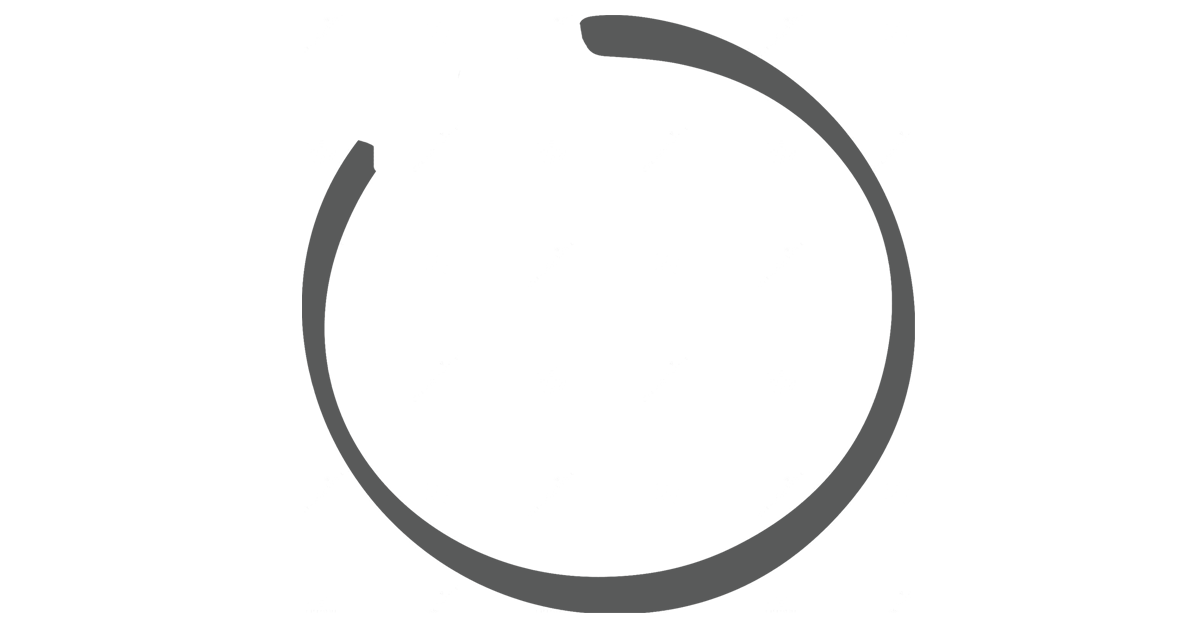
28 May The Cognitive Power of Leaving Just Enough Unsaid
In design and copy, clarity is essential — but total completion can be a mistake.
There’s a cognitive principle at work when you intentionally don’t finish the circle. By leaving a small gap — about 15% — you invite the audience to step in, engage, and mentally fill in what’s missing. This is how attention becomes interaction, and interaction becomes memory.
It’s not about being vague. It’s about being just incomplete enough to activate the brain.
The Psychology Behind It
When humans see an unfinished shape — like an open circle — the mind instinctively fills in the gap. This is called closure, a principle from Gestalt psychology. But more than visual design, this applies to words and ideas. When a headline or concept hints at something without spelling it out, the reader becomes an active participant.
That micro-engagement matters. They don’t just receive the message — they complete it. And in doing so, they’re more likely to remember it, trust it, and shape it into their own best-case version.
Why Full Circles Fail
When you fully complete the message, you leave nothing for the audience to contribute. It becomes passive, static, final. The brain scans it, categorizes it, and moves on.
Full Circle (bad):
“Get More Leads With Our Software”
“We Help You Grow Faster”
“The #1 Tool for Streamlining Operations”
These say everything. And in doing so, they say nothing memorable.
The 85% Circle Approach
By contrast, incomplete messages spark curiosity and imagination.
85% Complete (good):
“Finally, Growth Without Guesswork”
“Where Your Pipeline Gets Smarter”
“The Secret Weapon Behind Scaling Teams”
“What Happens When You Stop Guessing and Start Growing?”
“Built for the Moment Everything Starts to Click”
Each of these holds something back. The audience has to engage — even momentarily — to interpret, internalize, and “complete the circle.” That’s where memory forms and affinity begins.
Applying the Concept
This principle applies everywhere:
Design: A visual element that implies movement or completion without finishing it draws the eye and makes the brain linger. Think of a logo with an intentional break or a progress bar frozen at 90%.
Headlines: Hint at transformation, tension, or outcome — without naming it outright.
Video Intros: Start with a moment in motion, not the conclusion. Pull the audience toward it.
Social Posts: Let the audience “fill in” the insight instead of spelling it out.
Final Thought: The Power of Participation
Great creative isn’t about broadcasting — it’s about engaging. When you leave that final 15% for your audience to complete, you don’t just tell them something. You let them own it.
In a world overwhelmed by noise, letting someone think might be the most powerful thing you can do.
